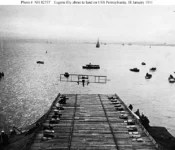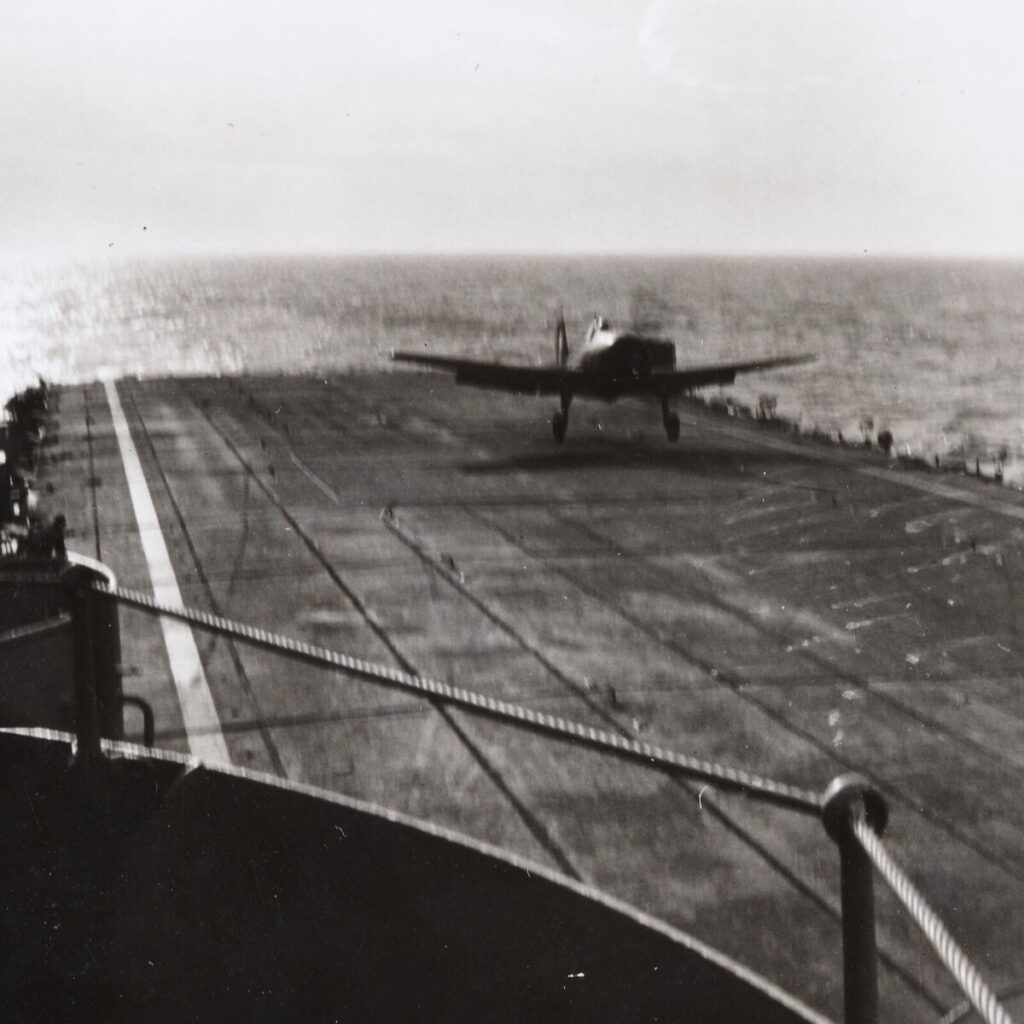
Last to land is the first aircraft launched from a carrier.
Last to Land is the First Aircraft Launched from a Carrier
In the world of naval aviation, few concepts embody the precision, skill, and complexity of aircraft carrier operations as the phrase “Last to land is the first aircraft launched.” This seemingly paradoxical statement, often heard among sailors and aviators, highlights the intricacies of carrier-based flight operations, the importance of timing, and the high level of coordination required to maintain fleet readiness.
Carrier Operations: A High-Stakes Ballet
Carrier-based aviation is a delicate dance of speed, distance, and synchronization. Unlike land-based airports, aircraft carriers are moving platforms, often at sea in turbulent waters, with limited space for launching and recovering aircraft. These ships are designed with complex systems that enable them to launch, recover, and refuel aircraft continuously, even in hostile environments.

When aircraft are launched from a carrier, the sequence is carefully orchestrated. The catapults that launch jets push them off the flight deck at speeds often exceeding 150 knots, allowing the planes to quickly gain altitude and head into the sky. Once airborne, these planes are part of larger missions that involve multiple combat roles, from air superiority and reconnaissance to strike missions and close air support.
But this is only the beginning. The most striking aspect of aircraft carrier operations is not just launching jets, but recovering them. Landing on a carrier is an exercise in precision, requiring pilots to hook onto arrestor wires on the deck to quickly decelerate and stop their planes before running off the end of the ship.
The Unique Concept of ‘Last to Land’
The saying “Last to land is the first aircraft launched” finds its roots in the operational cycle of aircraft aboard an aircraft carrier. In this context, it refers to the strategic advantage of the plane that remains airborne the longest before finally touching down.
This is not an arbitrary statement. It reflects the ongoing, real-time demands of carrier operations. Let’s break this down further:
- Mission Duration and Refueling: Aircraft aboard carriers are typically part of a longer-term operational mission. As time progresses, planes are refueled and repositioned in the sky based on mission needs. The aircraft that is the “last to land” has likely been airborne the longest, engaged in continuous operations over an extended period of time. It has been refueled, rearmed, and has endured the longest sortie compared to other aircraft.
- Tactical Significance: The aircraft that is last to land may also be the most critical during combat operations. As it lingers in the air, it could be tasked with providing air support, defending the carrier from enemy threats, or remaining as a deterrent in the event of hostile engagements. The last aircraft to land often plays a pivotal role in providing continued coverage, ensuring that the carrier and its fleet are never left vulnerable.
- The Role of the Flight Deck: The phrase also underscores the relationship between the aircraft and the carrier’s flight deck. The last aircraft to land is typically the first aircraft launched in the next wave of operations. This continuous cycle is crucial to maintaining the tempo of operations, and it reflects the relentless pace of carrier aviation. In this way, there is a fluid exchange between launch and recovery, ensuring that the carrier remains operational without ever pausing for too long.
Why This Matters
Understanding the strategic importance of being the “last to land” on a carrier is not just a matter of logistics; it speaks to the heart of naval aviation’s ability to project power. Aircraft carriers serve as mobile airbases that enable militaries to maintain a forward presence anywhere in the world. The aircraft that are launched and recovered from these ships are often involved in high-stakes operations, such as surveillance, airstrikes, search-and-rescue, and humanitarian aid.
The operational tempo of a carrier strike group is unlike any other form of warfare. In situations where time and readiness are of the essence, every minute a plane spends in the air could mean the difference between success and failure. The aircraft that remains airborne the longest, the “last to land,” is often crucial in ensuring that the mission continues without interruption, giving the carrier the flexibility to quickly pivot to another task if necessary.
Moreover, the concept of “Last to Land” also symbolizes the resilience of the crew and the aircraft. Pilots and support personnel work tirelessly to ensure that their planes stay in the air for as long as possible while being ready to land and re-arm when needed. This operational flexibility is what allows the U.S. Navy (and other naval forces) to maintain a significant edge in maritime operations.
A Metaphor for Persistence

Beyond the literal interpretation, the phrase “Last to Land is the First Aircraft Launched” serves as a metaphor for persistence, endurance, and readiness in the face of adversity. In a military setting, where every mission can be a high-risk operation, the ability to stay engaged for as long as possible—remaining the last plane in the sky—speaks volumes about the tenacity required to succeed.
The saying is a reminder that in warfare, just as in life, the ability to remain engaged, to endure, and to be ready for the next challenge is often what separates success from failure. The first aircraft launched may initiate the mission, but it’s the one that remains the longest in the field, the “last to land,” that ensures that the operation can continue, evolve, and ultimately succeed.
Conclusion
“Last to land is the first aircraft launched” is a phrase that encapsulates the heart of carrier-based operations. It speaks to the synchronization, precision, and strategic depth required to make a carrier strike group a formidable force. Understanding this concept is not just about aviation; it’s about the dynamics of persistence, mission continuity, and the relentless pace of military operations at sea.
In the high-stakes world of naval aviation, the “last to land” is a reminder of the commitment, resilience, and skill required to maintain global power projection—no matter how far from home the mission may take you.








